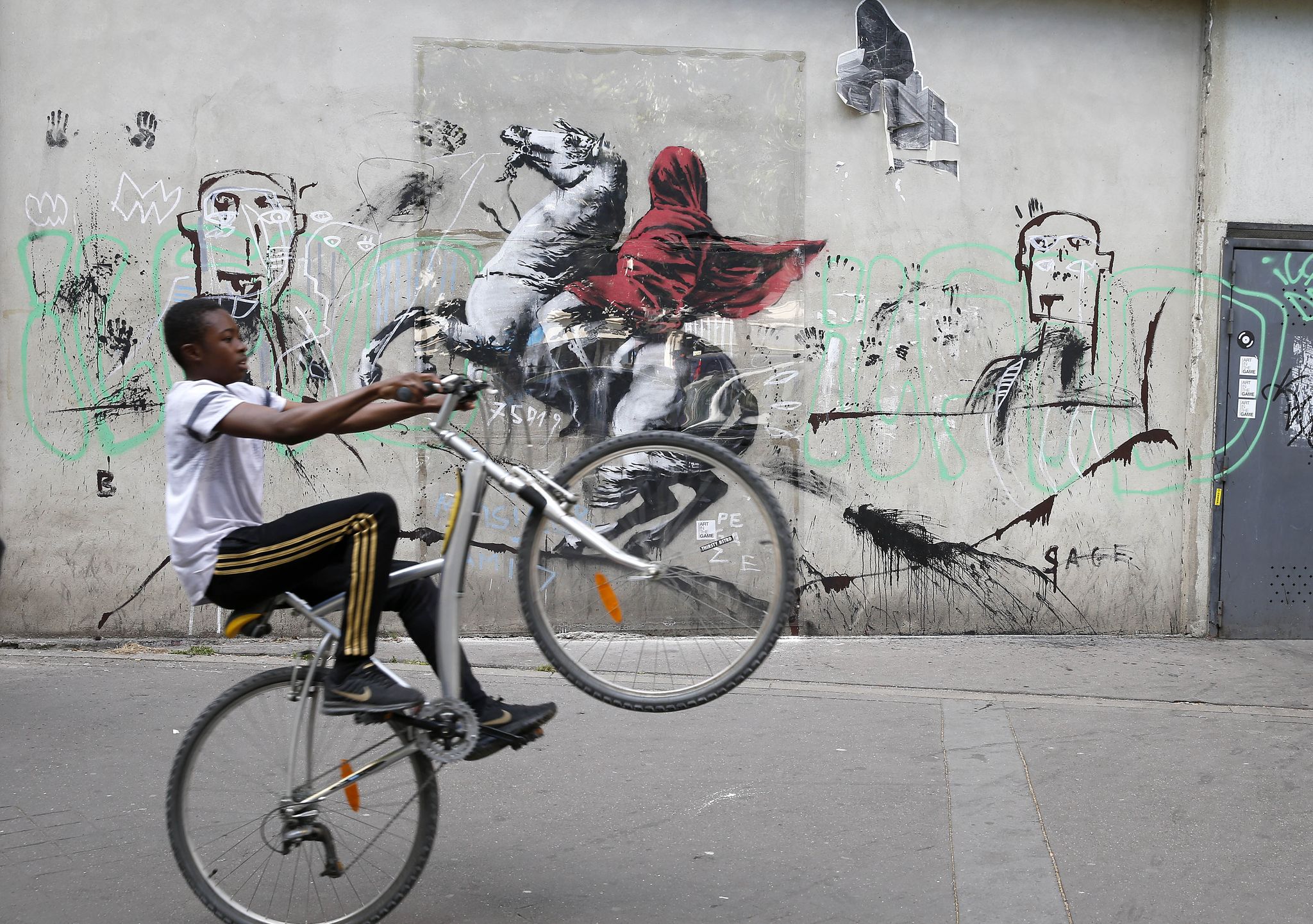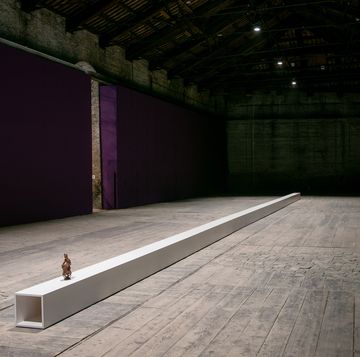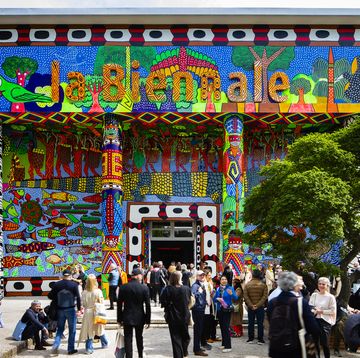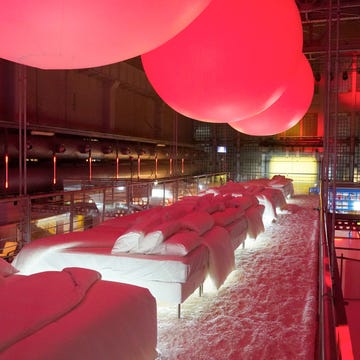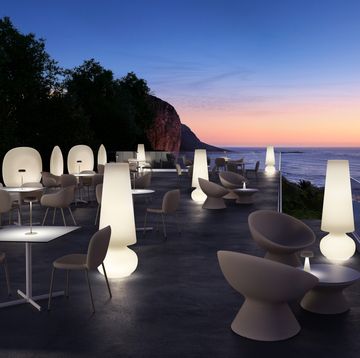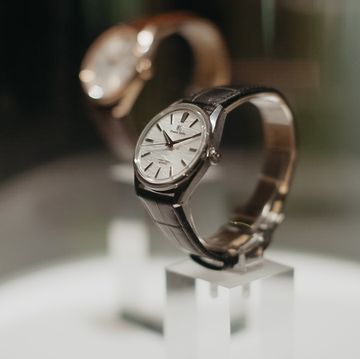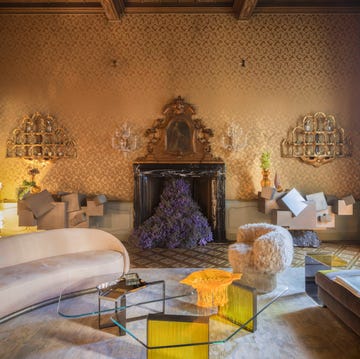There’s not much to be said about viral artist Banksy that hasn’t already been mentioned. Between the hidden identity, street art hanging on the walls of institutional museums, civil and political messages, and sweeping success, the creative’s every move has been debated and analyzed by professionals and amateurs alike.
Perhaps one of the few remaining topics worth exploring is Banksy’s role at the helm of a group of artists using Instagram as a personal art gallery, unraveling the classic commercial channels like museums and exhibits.
The story of Banksy and social media is a short but proliferous one. When he first began, the artist’s preferred channel of communication was YouTube and Twitter: platforms which allowed the mysterious creative to spread a political message. Then, in 2011, the tables were turned when a seller on eBay (jaybuysthings) attempted to sell the English artist’s identity for 1 million pounds, claiming he was in possession of several receipts for purchased works that revealed Bansky’s real name. Starting at 3 thousand pounds, the auction received countless offers before eBay closed the sale, sparking even more conversations over on Twitter, where the artist eventually deleted his official page. After a brief period of silence, Banksy returned to social media, this time managing his Instagram account with meticulous care. Laying the groundwork to become a leader in contemporary art for the digital age, Banksy racked up more than 6 million followers, ahead of KAWS, Shepard Fairey, Damien Hirst, and Jeff Koons.
For Banksy, Instagram represents a sort of revenge on the entire world of contemporary art, from big institutions (MoMA, Tate, Met, and Guggenheim) to the auction houses (Christie's, Sotheby’s, and Phillips), fairs (Art Basel and Frieze Art Fair among others), and large international galleries like Gagosian and Saatchi.
In the digital world of Instagram, art is linked to the artist without mediation. The video of Girl with a Balloon being shredded within its frame on the auction floor of Sotheby’s, for example, was watched directly on the artist’s page over 15 million times, adding 2 million followers to the page.
On Instagram, Banksy is also free to spark a dialogue with the public through art. During the pro-Brexit electoral campaign for the latest European elections, the street artist posted one of his pieces from over 10 years ago, showing the English parliament populated by monkeys, commenting, “Laugh now, but one day no-one will be in charge”.
Then there were the two works displayed in Venice during the inauguration of the Biennale, monopolizing conversation at the international event. In the first, a mural on the canal depicts a small shipwreck, where a child wearing a life vest holds a flare emitting pink smoke. The second, a video, shows the artist setting up a stall during the exhibition with a mosaic of paintings, revealing an enormous cruise ship as it invades the canals of Venice. “Despite being the largest and most prestigious art event in the world, for some reason I’ve never been invited,” writes Banksy in the post. At the end of the clip, local law enforcement intervene, asking the artist to remove his work as he didn’t have permission to set up on the street.
Amassing this extraordinary social success also comes with the risk of losing out on economic return, which has long lied on auction floors and gallery halls. What’s more, the bubble constructed on the quickly formed and manipulated emotions of social media also risks being popped, unless Instagram decides to become a commercial platform not only for sneakers, beauty products, and bags, but also artworks. Though that’s a story for another time.
